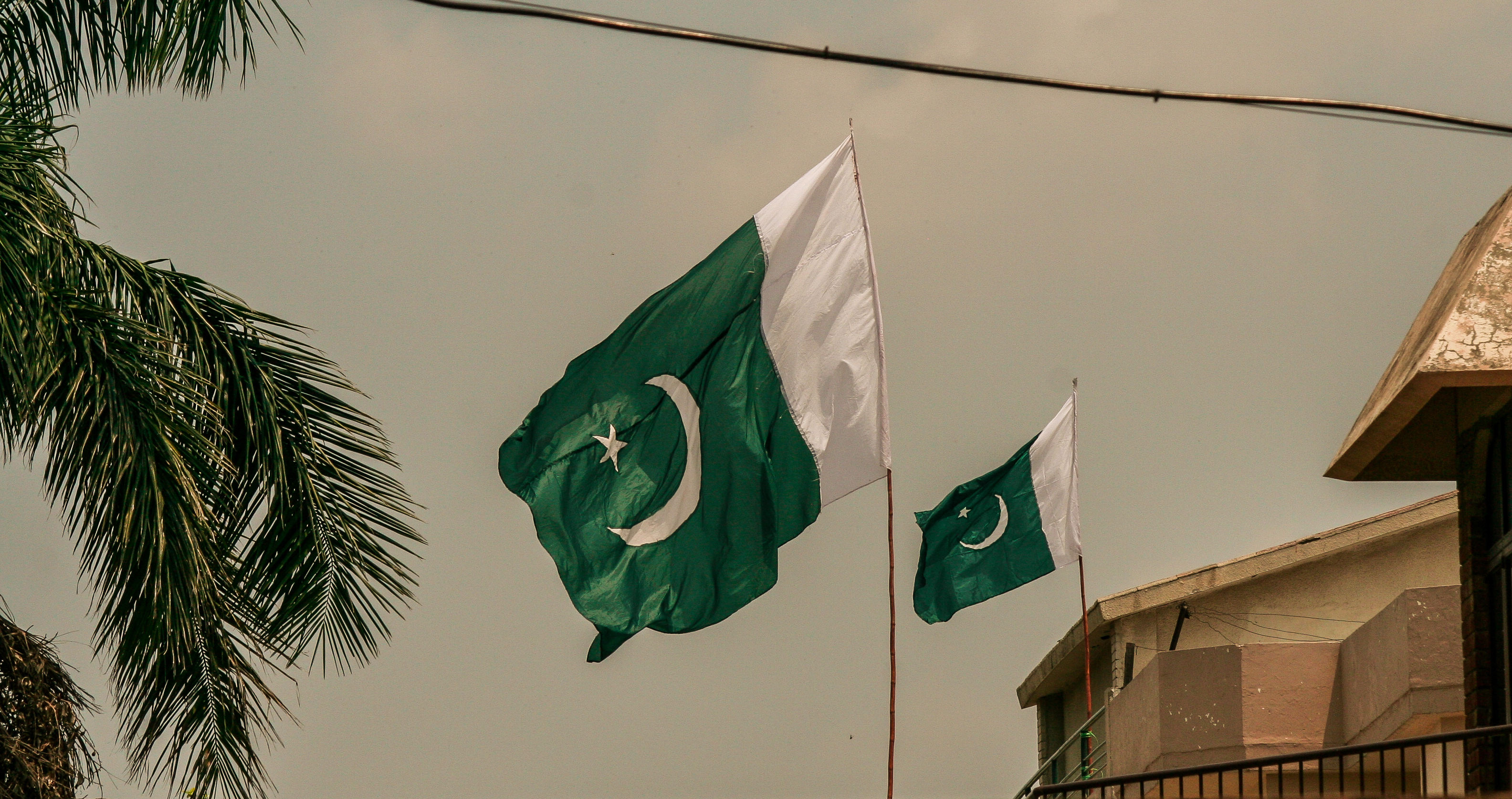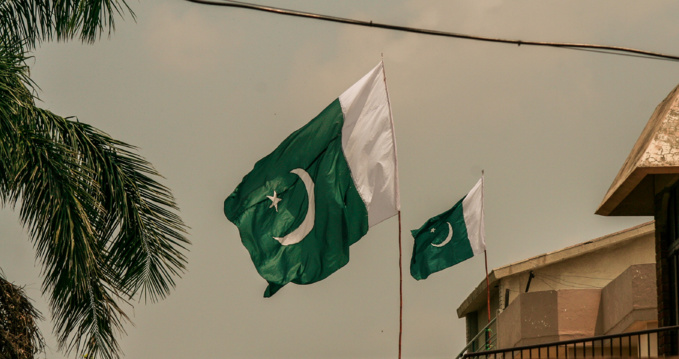The fact that Pakistan intends to apply to the IMF in the near future was announced by Minister of Finance Asad Umar. According to him, the decision was made by Prime Minister Imran Khan, who came to power two months ago, to "stabilize the financial situation." Deputy Finance Minister Hammad Azhar added: in less than two months, the country would have no means to import goods, so there is no alternative to applying to the IMF. Asad Umar blamed the Pakistan Muslim League that ruled before Mr. Khan for the economic crisis and said that the Justice Movement party that came to power would put an end to the chaos in the economy. Mr. Umar’s statement provoked a panic in the country's financial markets: on October 9, the rate of the Pakistani rupee to the dollar plunged by 7.5%, which was the largest one-day fall in ten years.
The Minister of Finance recalled that since the 1980s, Pakistan has sought help from the IMF 14 times. The last time this happened in 2013, when the country received $ 6.6 billion, but since then there has been an important change: Pakistan has become a showcase for the Chinese Belt and Road Initiative, concluding an agreement with China on the establishment of the China-Pakistan Economic Corridor (CPEC). Following signing of a series of agreements in 2013–2015, the PRC agreed to invest $ 62 billion in Pakistan (more than 20% of the country's GDP at that time), completely rebuilding the infrastructure and a significant part of the republic’s industry. To date, projects worth $ 14 billion are being implemented. China provides most of the funding in the form of loans, the terms of which are hidden from the general public.
The IMF chief economist Maurice Obstfeld drew attention to this circumstance. “Chinese loans have both advantages and disadvantages,” he said. “It’s important that all projects be worked out and not create an excessive debt burden.” He also added that no one from the representatives of the country has officially applied to the organization. Pakistan’s debt is heavy indeed: only by the end of this year, according to Hammad Azhar, the country will need to pay about $ 8 billion to foreign creditors.
A spokesman for the Chinese Foreign Ministry said on October 9 that "according to calculations of the IMF working group, the initiative has a beneficial effect on the economy of Pakistan" and leads to its stabilization, not enslavement.
Beijing is the largest creditor and holder of $ 19 billion of Islamabad’s $ 80 billion foreign debt.
During his visit to Pakistan on September 11, US Secretary of State Mike Pompeo noted that Washington, the largest donor of the IMF, will not block Pakistan’s request for assistance if it is required. This statement contrasts sharply with the position he expressed in July that “US money will not save Chinese companies” in Pakistan and Islamabad’s request to the IMF would be blocked. The change in position can be explained by worsening trade war between the United States and China: if Pakistan does not receive money from the IMF, it will only have to turn to Beijing for help. This could turn the already close ties of the two countries into dependence of Islamabad on Beijing and further distancing of the first from Washington, which needs Pakistani support to fight the Taliban in Afghanistan.
source: reuters.com
The Minister of Finance recalled that since the 1980s, Pakistan has sought help from the IMF 14 times. The last time this happened in 2013, when the country received $ 6.6 billion, but since then there has been an important change: Pakistan has become a showcase for the Chinese Belt and Road Initiative, concluding an agreement with China on the establishment of the China-Pakistan Economic Corridor (CPEC). Following signing of a series of agreements in 2013–2015, the PRC agreed to invest $ 62 billion in Pakistan (more than 20% of the country's GDP at that time), completely rebuilding the infrastructure and a significant part of the republic’s industry. To date, projects worth $ 14 billion are being implemented. China provides most of the funding in the form of loans, the terms of which are hidden from the general public.
The IMF chief economist Maurice Obstfeld drew attention to this circumstance. “Chinese loans have both advantages and disadvantages,” he said. “It’s important that all projects be worked out and not create an excessive debt burden.” He also added that no one from the representatives of the country has officially applied to the organization. Pakistan’s debt is heavy indeed: only by the end of this year, according to Hammad Azhar, the country will need to pay about $ 8 billion to foreign creditors.
A spokesman for the Chinese Foreign Ministry said on October 9 that "according to calculations of the IMF working group, the initiative has a beneficial effect on the economy of Pakistan" and leads to its stabilization, not enslavement.
Beijing is the largest creditor and holder of $ 19 billion of Islamabad’s $ 80 billion foreign debt.
During his visit to Pakistan on September 11, US Secretary of State Mike Pompeo noted that Washington, the largest donor of the IMF, will not block Pakistan’s request for assistance if it is required. This statement contrasts sharply with the position he expressed in July that “US money will not save Chinese companies” in Pakistan and Islamabad’s request to the IMF would be blocked. The change in position can be explained by worsening trade war between the United States and China: if Pakistan does not receive money from the IMF, it will only have to turn to Beijing for help. This could turn the already close ties of the two countries into dependence of Islamabad on Beijing and further distancing of the first from Washington, which needs Pakistani support to fight the Taliban in Afghanistan.
source: reuters.com



















